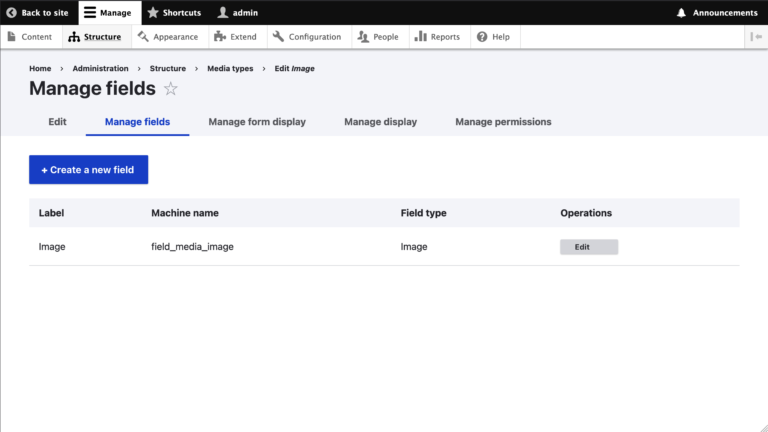It is far from unusual to see industries or jobs disappear as technology advances, especially in the rapidly evolving disruption economy that we now inhabit, but there are questions to be asked about how necessary it is for businesses to rely upon these automated services.
Leading providers such as Verint, Genesys Cloud CX, Amazon Connect, and Google CCAI are driving this shift, combining cloud scalability, omnichannel support, and advanced AI/LLM integration. Widely adopted by enterprises, these platforms handle routine tasks, deliver predictive support, and assist human agents with timely insights while boosting efficiency while enhancing the overall customer experience.
AI Adoption in the Workplace
The personality and warmth of live agents were, until recently, nearly impossible to replicate with automated attendants but that is changing quickly. Advances in AI and machine learning now enable systems to interact naturally with customers on service and sales lines.
The idea of AI conversational assistants has been developing for years. Early demonstrations showed potential but were limited in functionality. Since then, machine learning and artificial intelligence have exploded into almost every industry, including the auto-attendant sector. Large companies are now using AI to augment customer service agents rather than replace them entirely. AI can provide more information for human agents and even predict customer behavior based on prior interactions.
Cloud communications firms like RingCentral, Zoom, and Microsoft Teams offer auto-attendant software as part of their VoIP solutions, reducing the burden on live agents. These systems are expected to continue evolving as AI receptionists improve.
Customer Expectations and the Need for 24/7 Support
As a result, phone operators and receptionists are continuing to be one of the fastest disappearing job markets in the US. Recent reports show a significant drop in employment figures for this line of work, shrinking an already diminished profession.
By Josh Hamilton
There are scenarios in which the need for human interaction can be minimized, such as authorizing payments, sending notifications, or scheduling call-backs. However, complex problems still require human agents. AI auto-attendants are likely to handle repetitive tasks, while humans manage nuanced or challenging interactions.
AI and Machine Learning Enhancing Auto-Attendants
This trend demonstrates that AI adoption is not limited to automating customer service interactions; it is now a core part of internal workflows, empowering employees to focus on higher-value tasks while AI handles routine or data-intensive processes. Companies that embrace AI effectively are likely to see benefits both in customer satisfaction and organizational efficiency.
Historical Context and Breakthroughs
However, this transformation has been driven not just by financial and logistical reasons, but by customer demand as well. Today, customers expect 24/7, 365 support across all communication channels. Auto-attendants are used everywhere to meet this demand, even by smaller businesses.
Augmentation, Not Replacement
Live agents can provide the personal feel that automated systems cannot. While it may seem more efficient for all parties to have customers deal with an automated system, poorly designed systems can make customers feel under-valued. The way a company chooses to deal with incoming calls can say a lot about the brand and company culture. Answering as many calls as possible with live agents allows businesses to inject personality and friendliness into each call, which can set them ahead. With that said, it is almost entirely impractical for firms to answer all their calls live, especially as they grow and expand, so auto-attendant services are invaluable to bridge that gap.
We are starting to hit that point at which companies are relying heavily on AI auto-attendants. However, technology is best utilized when it augments and complements humans rather than simply replacing them. Balancing automated systems with live agents will continue to be a strategic choice that affects customer satisfaction and brand perception.
The Future Outlook
For years most firms would have had to employ numerous phone operators and receptionists to deal with any and all calls that came through. Large companies would have employed entire departments simply just to deal with incoming phone calls; it’s a world that seems light years apart from the phone systems that the vast majority of phone companies use now. As automated phone systems and receptionists became cheaper and more sophisticated, businesses turned to this new technology to cut staffing costs and allow them to deal with a much higher volume of calls.
Beyond customer service, AI technology tools are increasingly used by teams across industries to improve communications, productivity, and data analysis. According to a recent 2025 survey, 72% of teams are now using AI to enhance storytelling and communications, while 64% report increased productivity. AI is also helping analyze and aggregate data (37%) and gather insights from reports, showing that organizations are relying on AI for both operational efficiency and strategic decision-making.






